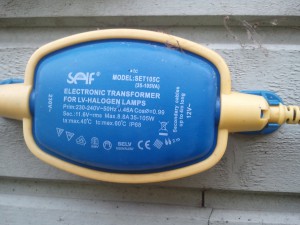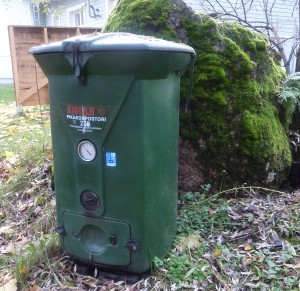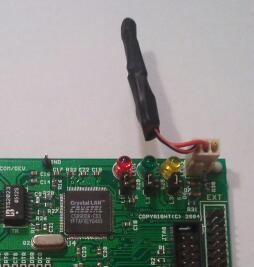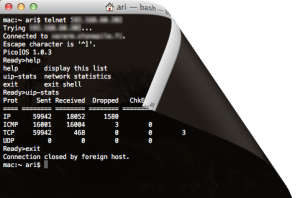Our kids have two pet rabbits, which live in their own pethouse. To keep the house nicely warm and dry during winter I have installed a heater in it. Although the heater was originally designed for doghouses, but works very well here too. It has a simple plywood plate which contains an embedded resistor that provides about 40 W of heating power. System is powered with waterproof IP68 power supply which outputs 12 AC.

When the winter came again and I turned the heater on I soon got an alarm from my Blitzortung station that it no longer sends signals. When I looked at the station I found out that it was in interference mode, which means that system has detected some kind of electromagnetic noise near it. I didn’t first understand that it was the rabbithouse heater that generated the noise. Continue reading “Pethouse heater PWM”




